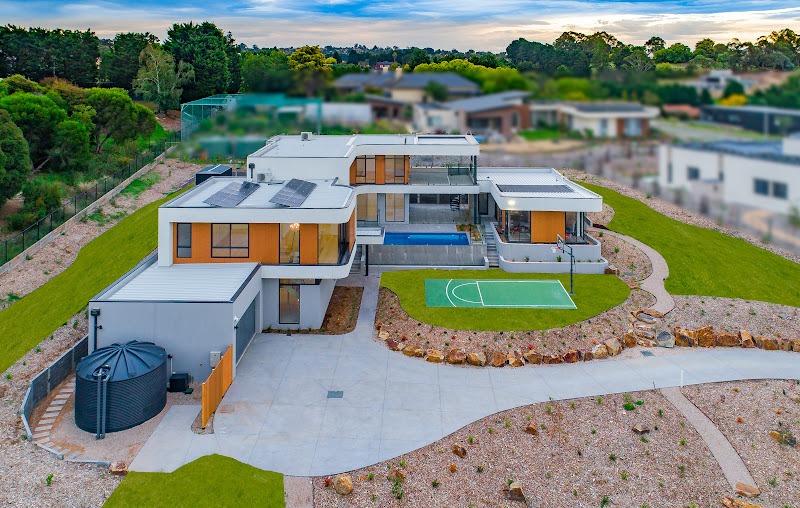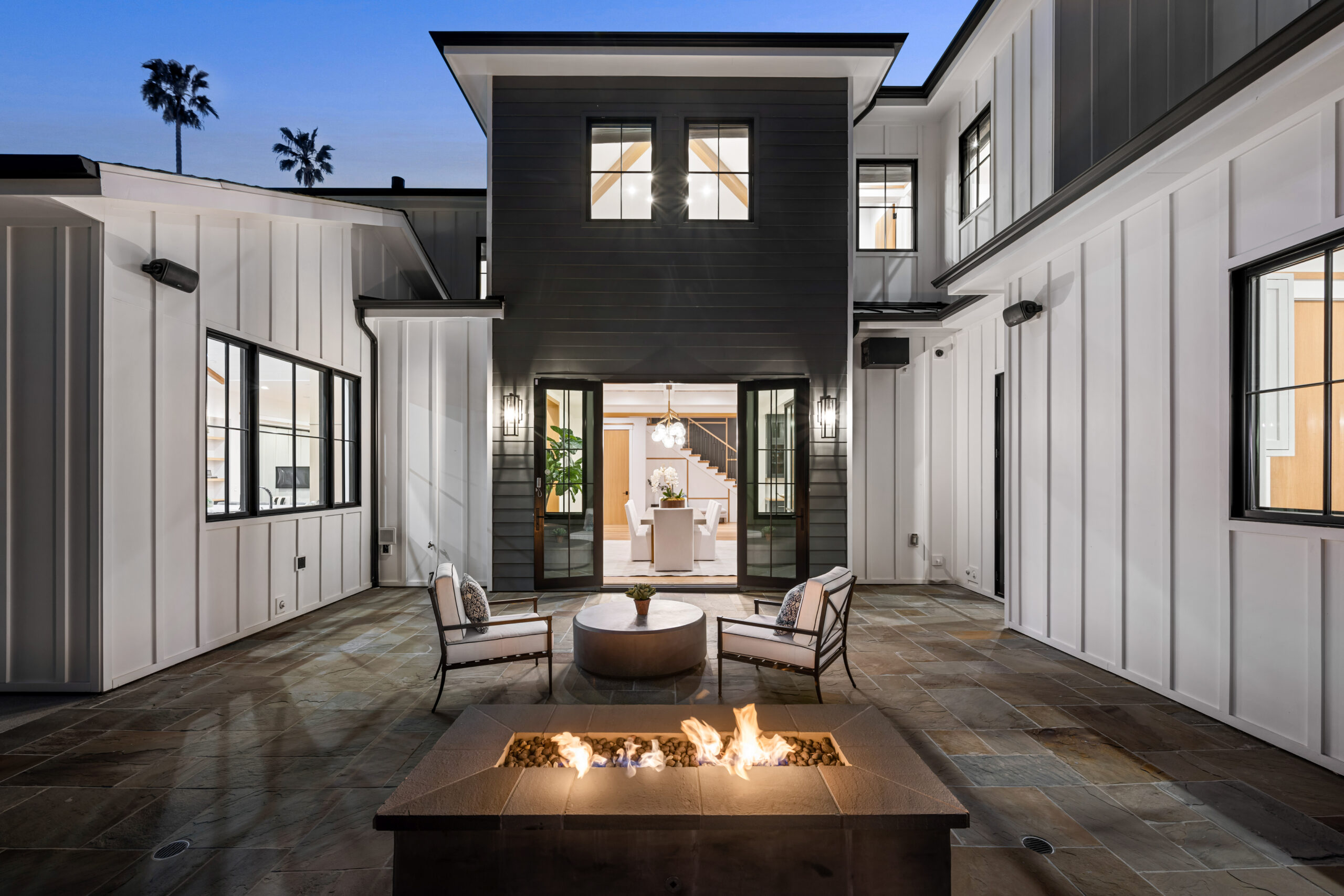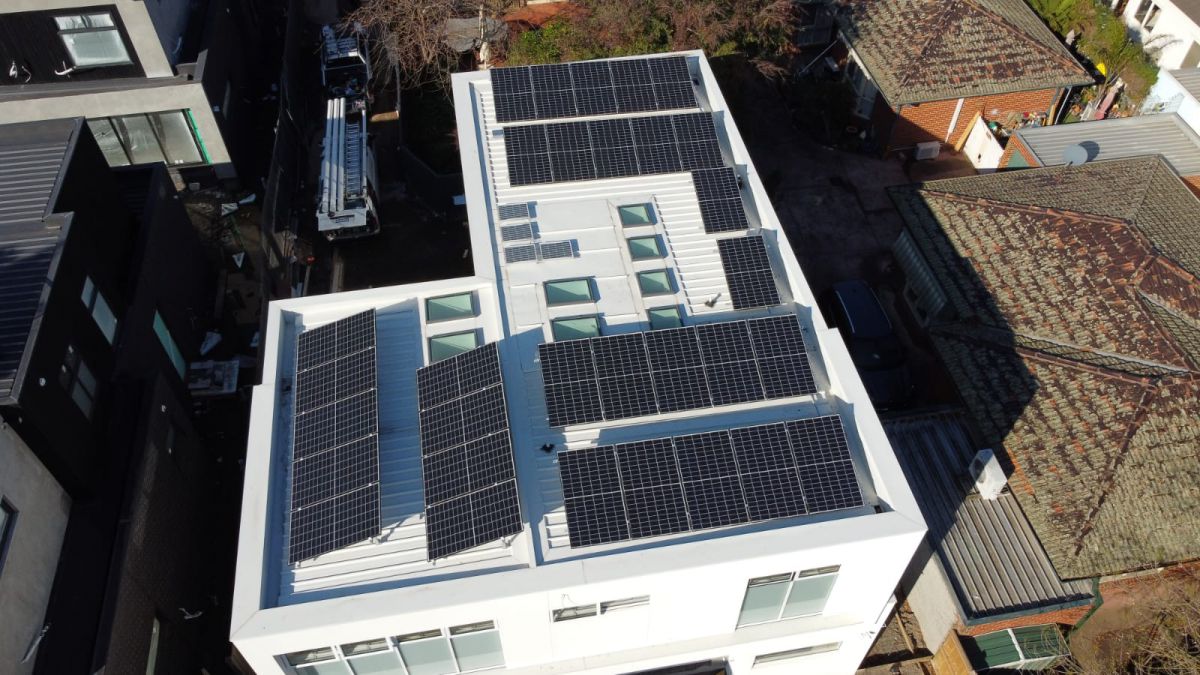Thinking of venturing beyond the traditional single-family home? Building a duplex offers a unique and potentially rewarding path. Not only can it provide a comfortable living space for yourself, but it also unlocks the possibility for additional income or increased property value.
In fact, the Sydney Morning Herald reports that approvals for semi-detached dwellings such as duplexes have increased by 24%, according to Australia Bureau of Statistics.
However, embarking on this project requires careful consideration and planning.
This comprehensive guide will equip you, the homeowner, with the knowledge you need to navigate the exciting yet complex world of duplex construction.
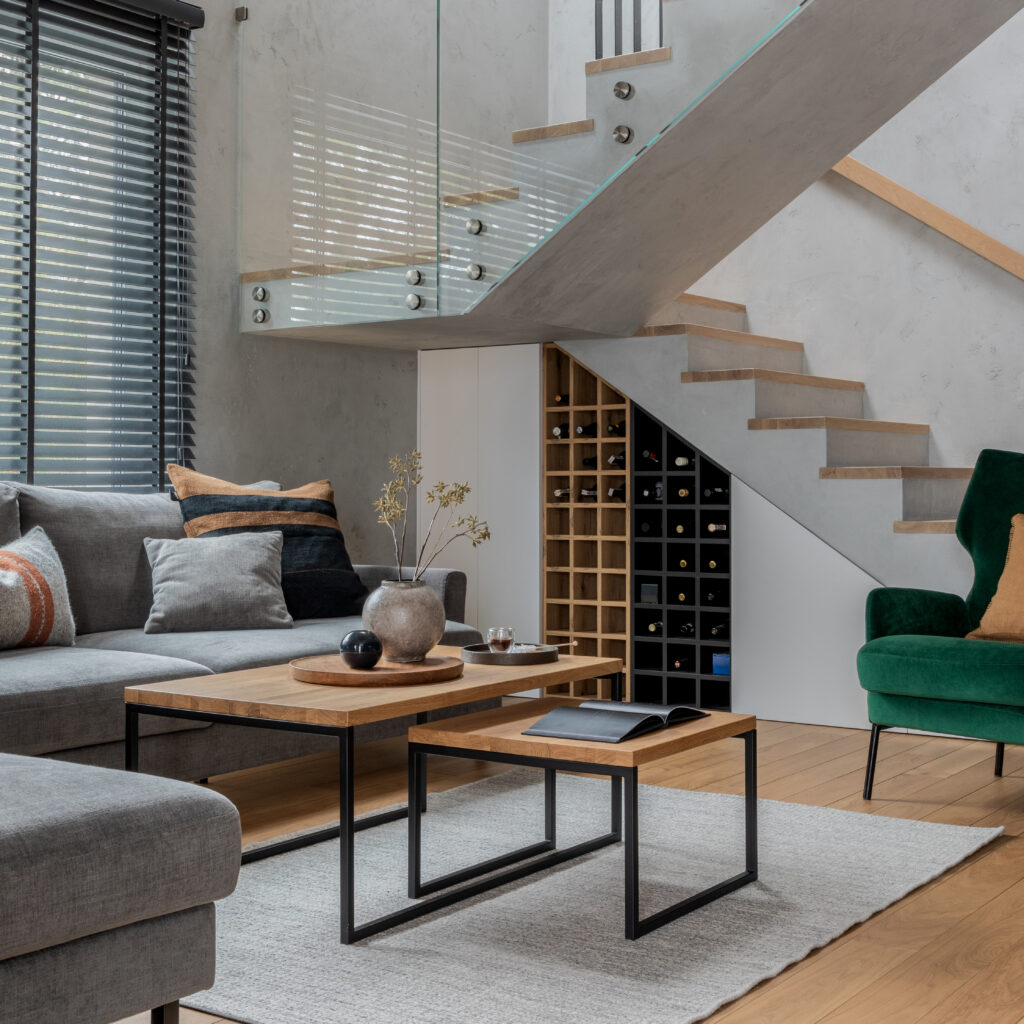
The Advantage of Duplexes: More Than Just Double the Fun
While owning a duplex undoubtedly comes with the perk of having a built-in neighbour, the benefits extend far beyond simple companionship. Here are some key advantages that make duplexes an attractive option:
- Double the Income Potential: This is perhaps the most enticing benefit for many homeowners. Renting out one unit can generate a steady stream of income, helping offset your mortgage or investment costs. This can be particularly advantageous in areas with high rental demand.
- Increased Property Value: Duplexes often boast higher property values compared to single-family homes on similar lots due to the increased density and potential for dual income streams.
- Shared Amenities (Optional): Depending on your vision and local regulations, consider designing a duplex with shared amenities like a pool, courtyard, or laundry facilities. This can reduce overall construction costs for both units while still offering desirable features to potential tenants.
- Ideal for Multigenerational Living: Duplexes can be a great solution for families with elderly parents or adult children looking to live close together while maintaining some level of independence.
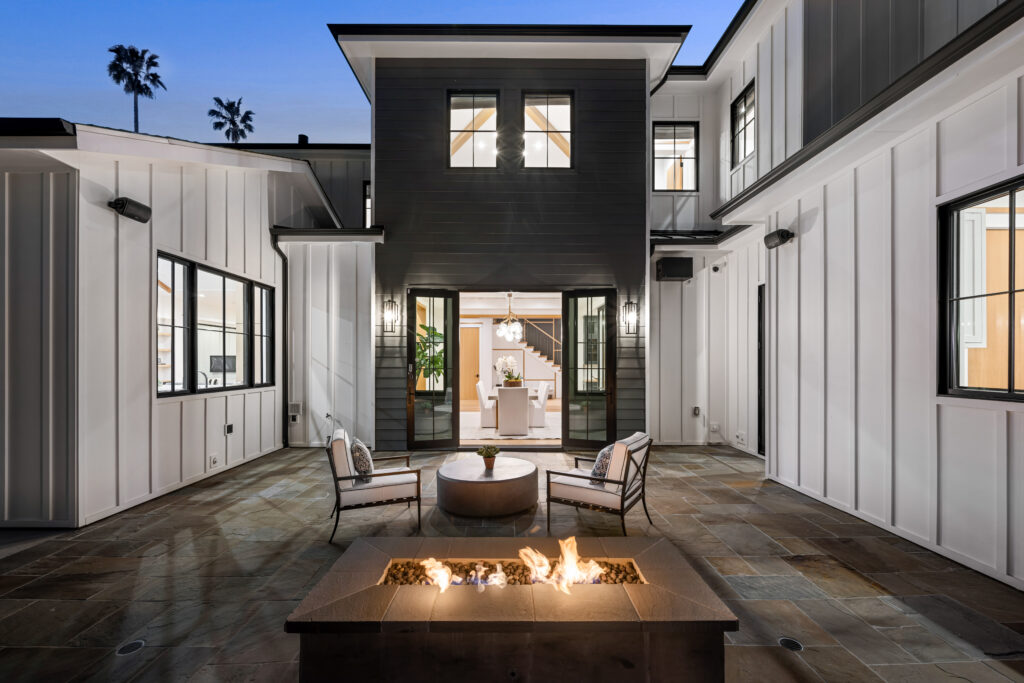
Planning Your Dream Duplex: From Layout to Location
One of the first decisions you’ll face is the duplex layout. Here are some common options to consider:
- Front-to-Back Duplex: Features two units stacked one behind the other, sharing a common wall. It’s a space-saving design ideal for narrower lots.
- Side-by-Side Duplex: These units sit side-by-side, mirroring each other, offering more privacy and independence for each unit, but it requires a wider lot.
- Stacked Duplex: Imagine units vertically stacked on top of each other, often with separate entrances. While offering good use of space, it might not be suitable for all locations or if shared amenities are desired.
Beyond the layout, location plays a crucial role. Here are some key factors to consider:
- Zoning Regulations: Duplexes are only permitted in specific areas with zoning codes that allow for multi-unit dwellings. Research your local zoning ordinances thoroughly before selecting a property.
- Lot Size: Aim for a lot size that comfortably accommodates the duplex footprint while complying with setback requirements (distance between structures and property lines). Consult with an architect or builder to determine the minimum lot size requirements for your desired layout.
- Access and Utilities: Ensure the chosen lot has proper access for construction vehicles and utilities. Factor in the cost of extending utilities to accommodate the additional unit.
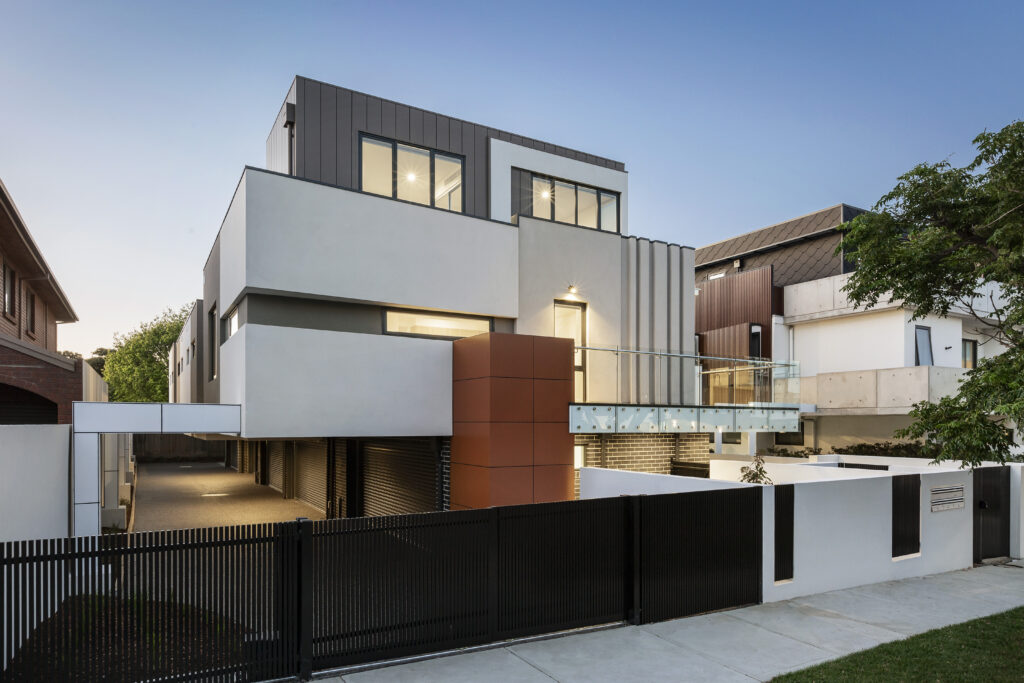
The Cost Equation: Budgeting for Your Duplex Dream
Building a duplex can be more expensive than a single-family home due to the need to essentially construct two separate units. These are some typical costs to consider:
- Land Acquisition: The cost of the land will depend on factors like location, size, and desired features.
- Construction Costs: These include materials, labor, and permits. Be prepared to multiply these costs by two, as you’ll be essentially building two units.
- Architectural and Engineering Fees: Hiring an architect with experience in duplex design is crucial. Factor in their fees as well as those of any structural engineers needed for the project.
- Permits and Inspections: Obtaining the necessary permits and inspections will incur additional costs.
- Contingency Fund: Unexpected issues can arise during construction. Set aside a contingency fund to cover any unforeseen expenses.
Building a duplex can be a rewarding endeavour, but thorough planning is crucial. By understanding the advantages, complexities, and costs involved, you can make informed decisions and turn your duplex dream into a reality.
—
At HouseSpec Builders, we are a small business run by a passionate and friendly team with a combined experience of over 60 years of experience in homebuilding. We are 5-star rated on Google as a trusted, reliable home builder in Melbourne and we pride ourselves on delivering personal service to meet your home building needs.
If you’re a first-time homeowner, be sure to check out our previous article to learn more about the 5 Common Mistakes to Avoid When Building Your First Home.
Get in touch with us today!
